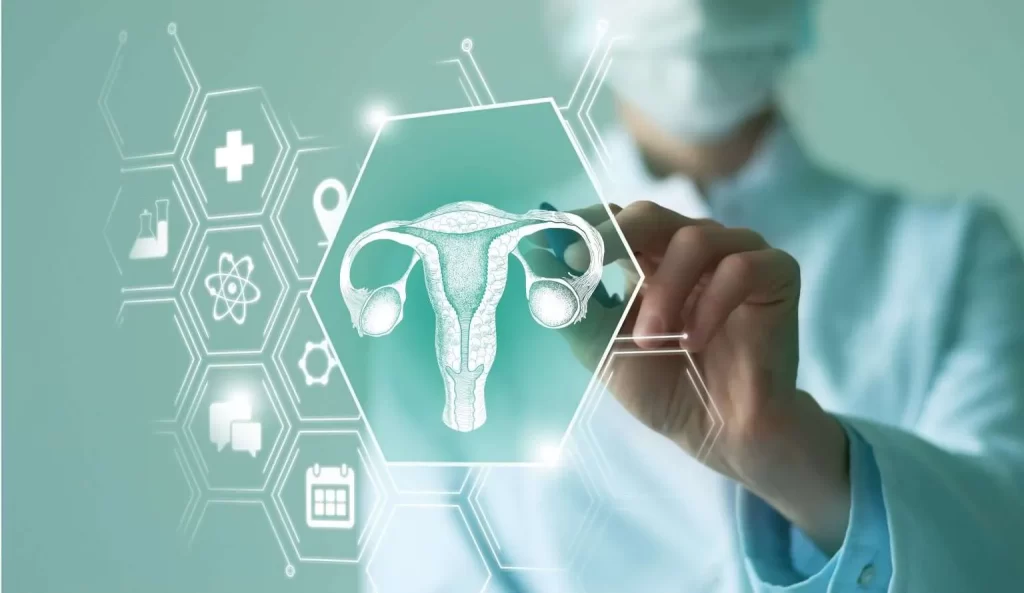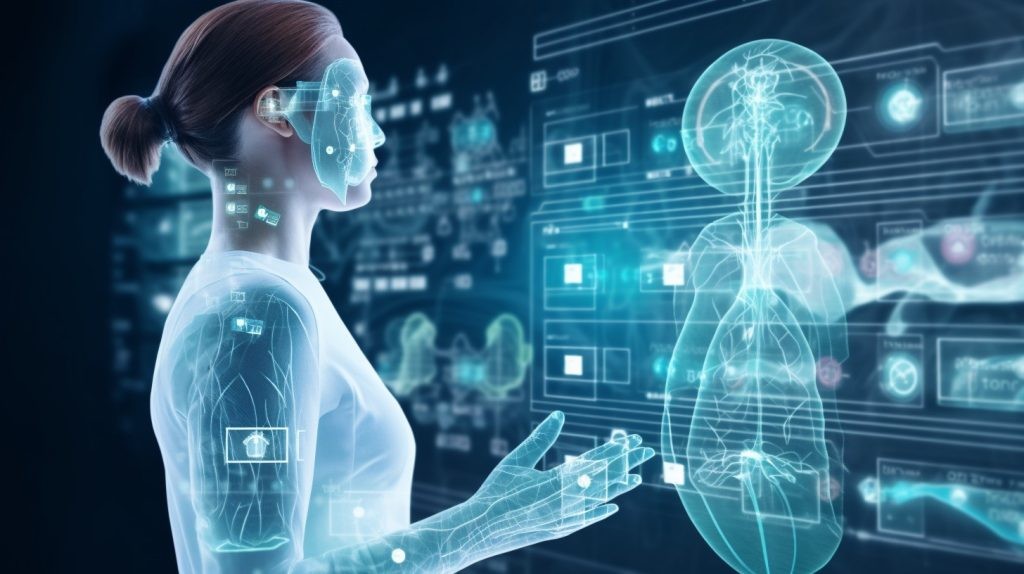Deciphering the Contrast: Telehealth vs. Remote Patient Monitoring

In the rapidly evolving landscape of healthcare, the integration of technology has paved the way for innovative approaches to patient care, particularly in the realms of telehealth and remote patient monitoring. While both concepts leverage digital tools to facilitate healthcare delivery outside of traditional clinical settings, they serve distinct purposes and offer unique benefits. Let’s delve into the nuances of telehealth and remote patient monitoring to understand their differences and implications for patient care.
Understanding Telehealth:
Telehealth encompasses a broad range of healthcare services delivered remotely using telecommunications technology. This includes virtual consultations, telemedicine appointments, remote diagnosis, and telepsychiatry sessions, among others. Telehealth enables patients to access medical care from the comfort of their homes, eliminating the need for in-person visits and reducing barriers to healthcare access, such as travel time and geographical constraints. Healthcare providers can conduct video consultations, prescribe medications, and provide medical advice remotely, leveraging audiovisual communication platforms to deliver personalized care to patients in real-time.
Exploring Remote Patient Monitoring:
Remote patient monitoring (RPM), on the other hand, focuses on the continuous monitoring of patients’ health status and vital signs outside of traditional clinical settings. RPM utilizes wearable devices, sensors, and digital health technologies to collect and transmit patient data, such as heart rate, blood pressure, glucose levels, and activity levels, to healthcare providers in real-time. This continuous monitoring allows for early detection of changes in health status, timely interventions, and proactive management of chronic conditions, thereby reducing the risk of complications and hospital readmissions. RPM empowers patients to take an active role in managing their health, while providing healthcare providers with valuable insights into patients’ health trajectories and treatment responses.
Key Differences:
While both telehealth and remote patient monitoring involve the use of technology to deliver healthcare services remotely, there are key differences between the two approaches. Telehealth primarily focuses on facilitating virtual consultations and medical appointments, enabling patients to access healthcare services from a distance. In contrast, remote patient monitoring involves the continuous collection and transmission of patient data for ongoing monitoring and management of health conditions. While telehealth appointments may be conducted on an as-needed basis, remote patient monitoring provides continuous oversight of patients’ health status, allowing for proactive interventions and personalized care management.
Implications for Patient Care:
The integration of telehealth and remote patient monitoring has significant implications for patient care, particularly in improving access to healthcare services, enhancing patient engagement, and optimizing clinical outcomes. Telehealth enables patients to consult with healthcare providers remotely, reducing the need for in-person visits and overcoming barriers to healthcare access. Remote patient monitoring allows for continuous monitoring of patients’ health status, facilitating early detection of health issues and personalized interventions. By combining telehealth with remote patient monitoring, healthcare providers can deliver comprehensive, patient-centered care that is tailored to individual needs and preferences, ultimately improving patient outcomes and enhancing the overall healthcare experience.
In summary, telehealth and remote patient monitoring represent distinct yet complementary approaches to remote healthcare delivery. While telehealth focuses on facilitating virtual consultations and medical appointments, remote patient monitoring involves continuous monitoring of patients’ health status and vital signs. By leveraging the capabilities of both telehealth and remote patient monitoring, healthcare providers can deliver personalized, proactive care that improves patient access, engagement, and outcomes. As technology continues to advance, the integration of telehealth and remote patient monitoring will play an increasingly vital role in shaping the future of healthcare delivery.














































